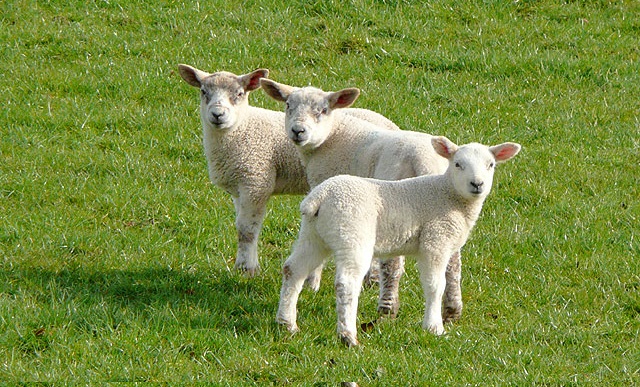
According to AHDB’s latest Lamb Watch survey published today, British lamb accounted for 73 per cent of facings in the major supermarkets in June 2015. As the great British lamb season hits its peak, the figures provide an indication of who’s backing British, the NFU said today.
AHDB has reported that four of the multiple retailers – Morrisons, Waitrose, Budgen’s and Aldi – had 100 per cent British lamb facings. The Co-operative was furthest behind with just 38 per cent British lamb facings, followed by Sainsbury’s (54 per cent), Lidl (55 per cent) and ASDA (66 per cent). AHDB said that the figures show that some major multiples could do more to help the lamb sector.
NFU livestock board chairman Charles Sercombe said: “These figures are a significant indicator of sourcing decisions taken by UK retailers for one of British agriculture’s flagship products. Farmers will be disappointed with the figures, given that there is obvious potential for our supply chain to capitalise on both seasonality and the increased availability of British lamb this year.
“Factor in the lowest lamb prices for five years and the arguments for promoting our fantastic British product at this time of year are compelling. However, not all retailers are promoting British lamb across all tiers.
“Farmers will be concerned about the disparity in June’s figures and the mixed messages that this consequently sends to the market place. Although The Co-operative and Asda have recently made announcements about changes to their seasonality, it is a reason why I’d like to see clarity on when the lamb season starts and finishes from our retailers.
“However, the survey shows that Tesco has three per cent less British lamb on shelf in June 2015 (66 per cent) when compared to June last year. We are still waiting for Tesco to make its sourcing commitments for British lamb publically clear. We are concerned that this three per cent reduction could amount to thousands of British lambs not entering the UK supply chain.
“While the figures from AHDB give a valuable insight on dynamics at the retail level, my preference would be to see transparency from our retailers on a consistent basis and particularly a clear commitment to deliver on British lamb sourcing. Accurately forecasting demand, matching to supply and scheduling throughput should be more than achievable. That’s why I want to see the lamb supply chain get closer to producers, improve communication and offer direct contracts.”
